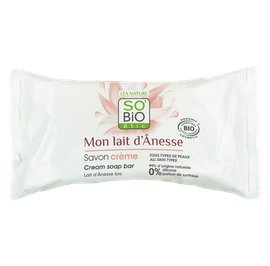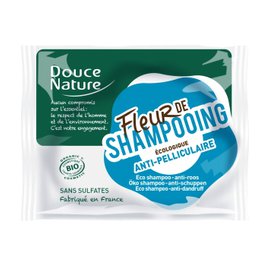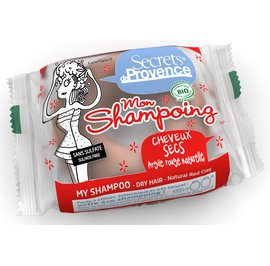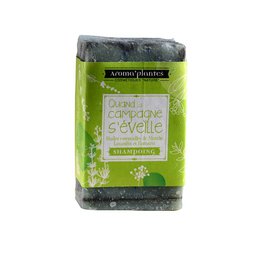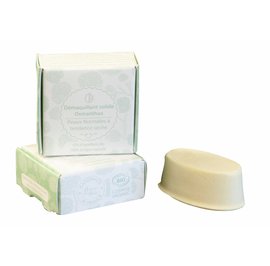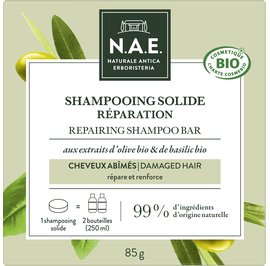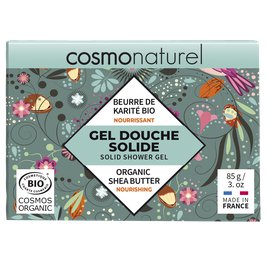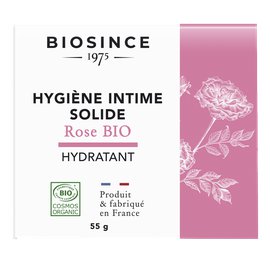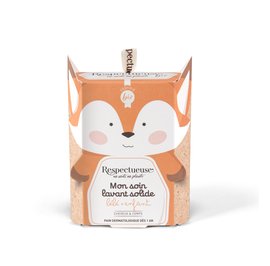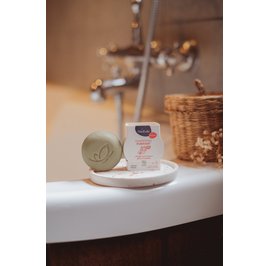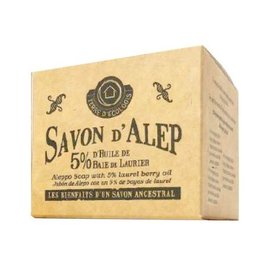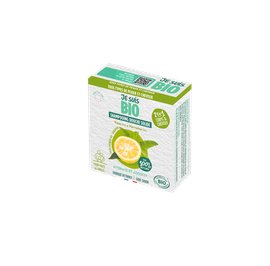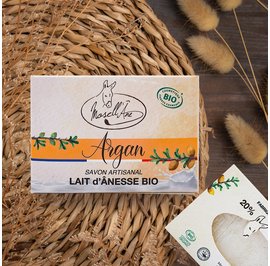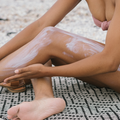Today, solid body and hair products are overflowing in the "hygiene and beauty" aisles. This is fantastic news for our Zero Waste enthusiasts because it's easier to reduce the packaging around these products and they have reduced the use of water in their formula (meaning less impact in transportation, etc). However, to truly embrace your ecological approach to solid beauty products, the format of product is only the first step. It's also essential to check the product's composition to avoid falling into the greenwashing trap.
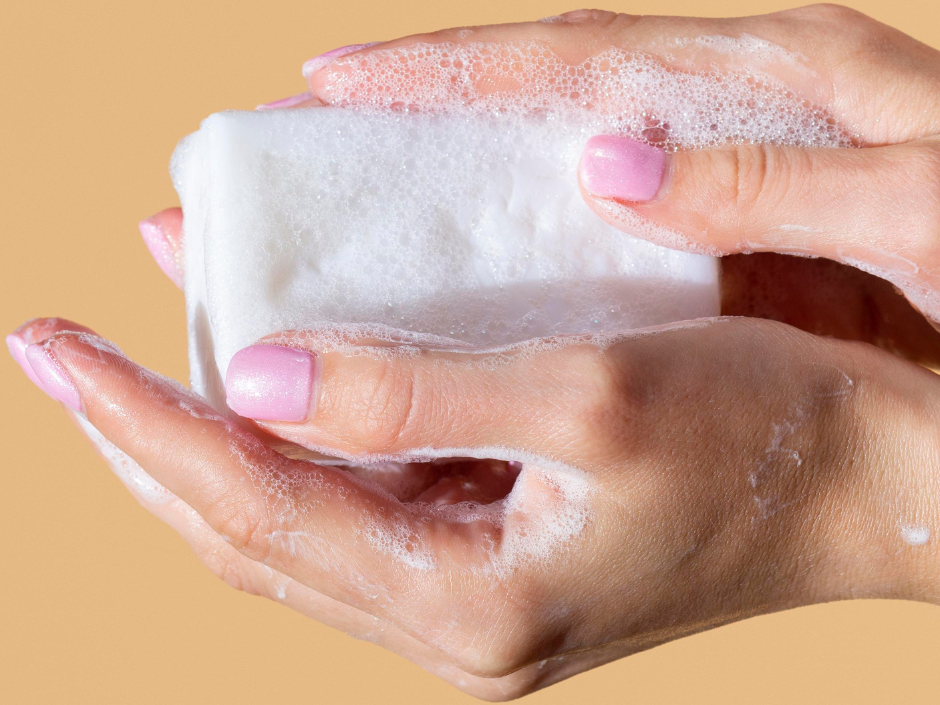
In this article, we shed light on Sodium Cocoyl Isethionate (SCI), an anionic surfactant (foaming agent) often used in solid cleansing products. Our aim is to help you understand why it is not allowed in certified natural and certified organic cosmetics.
What is a surfactant?
In the world of soaps, dermatological bars, shampoos... in short, all cosmetics that foam and clean, you often hear the term "surfactant" without necessarily understanding what it is and what it does.
A surfactant is a molecule capable of binding both with water and with fat. As we’ve seen in our science classes growing up, these two elements cannot mix on their own. Therefore, the surfactant is crucial for effective cleansing: it binds both to the fatty substances on the skin containing dirt, and to the water that rinses away these impurities.
There are several categories of surfactants that will differ, notably, by their foaming power - a factor highly sought after by consumers in certain product categories. For example, sodium lauryl sulfate, an anionic surfactant (negatively charged), foams much more than decyl glucoside, a non-ionic surfactant (uncharged).
And even though the foaming power of a surfactant is not directly related to its cleaning power, consumers still love abundant and foamy suds!
Which Surfactants are Allowed in Organic Hygiene Products
Surfactants of natural origin are allowed... but not all of them!
Only surfactants of natural origin are permitted in our organic standard. A few examples are :
- Sodium Lauroyl Glutamate, derived from an amino acid and lauric acid (coming from coconut or palm)
- Disodium Cocoylglutamate, derived from Coconut Oil and fermented sugar
- Some sulfated surfactants like Sodium Coco Sulfate, one of the gentlest sulfates for cleansing care, are still allowed, even though this will no longer be the case in a few years.
Why are sulfates authorized in organic cosmetics ? Get the answer here !
Soap is also a natural surfactant that provides us with its cleaning and foaming powers. For a soap to be considered natural and organic, it must be made from organic vegetable oils or butters that are transformed into glycerine and soap when reacting with an alkaline agent (such as sodium hydroxide or potassium hydroxide). For example, coconut oil after saponification will be noted in the ingredient list with the INCI "Sodium Cocoate," olive oil as "Sodium Olivate," and so on...
The difference between a soap and other solid cleansing products is this surfactant used in the formula. You can find out more about various types of soaps here.
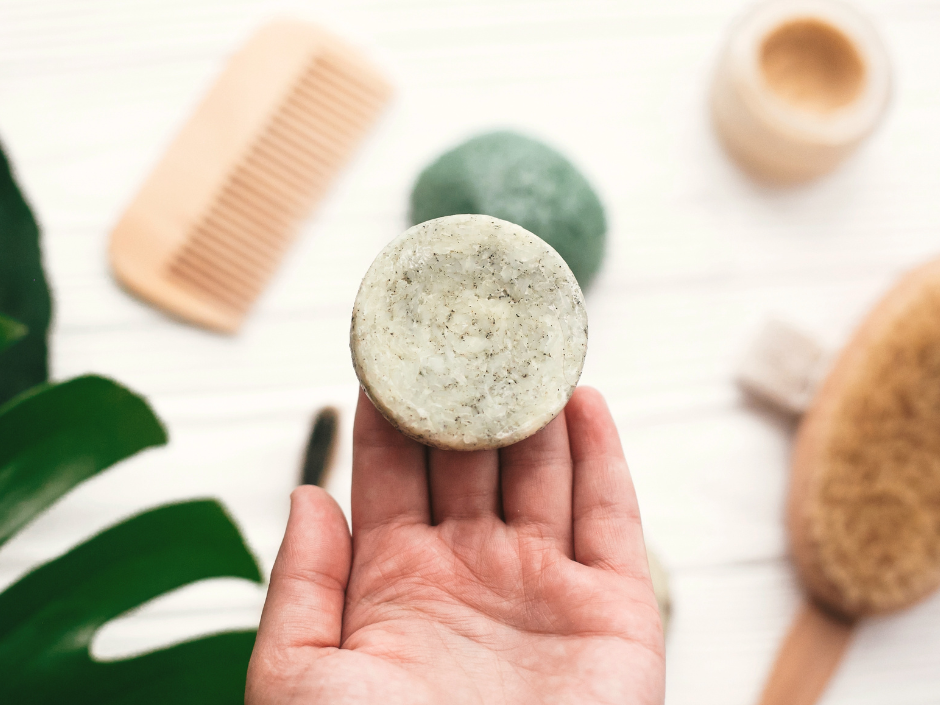
Surfactants that are allowed in organic hygiene and beauty products must respect both mankind and the environment as well
However, the "naturalness" of a surfactant is not the only condition for it to be allowed in organic and natural cosmetics. Its environmental impact is also closely examined. From its manufacturing process to its biodegradability, the entire lifecycle of the surfactant is analyzed to be permitted in organic hygiene and beauty products.
For example, sodium laureth sulfate is a surfactant of natural origin that is prohibited by our organic standard because its production involves an ethoxylation reaction.
This reaction is strictly prohibited for the following reasons:
- It involves ethylene oxide, a highly reactive and highly toxic substance for manufacturers.
- There is a risk of contamination of synthesized surfactants with 1,4-dioxane (a derivative of ethylene oxide), which is suspected to be carcinogenic.
- Finally, this manufacturing process is also very polluting for the environment.
All of this leads us to discuss the use of SCI...
Why is SCI Prohibited in Organic and Natural Beauty Products ?
SCI is a surfactant derived from coconut oil, very common in the market of solid cleansing products. It is often marketed as a "green" ingredient despite its prohibition in natural and organic certification.
The Dangers of SCI Related to Human Health
SCI is prohibited in natural and organic cosmetics because this ingredient involves the previously mentioned manufacturing process: ethoxylation. We remind you of the dangers associated with this substance for humans: ethylene oxide is a carcinogen that is also highly irritating and corrosive to the skin and eyes.* It presents a direct risk to workers in contact with this substance.
The Impact of SCI on the Environment
Ethoxylation is a heavy process carried out under extreme temperature and pressure conditions. This process is also very polluting, involving ethylene oxide, which is highly reactive and toxic. Its toxicity is indirectly found in nature if responsible fabrication is not followed. Moreover, the ethoxylated derivatives obtained can contaminate the environment with the presence of toxic impurities (1,4-dioxane, ethylene oxide, etc.) for microorganisms and fish.
Even if the final ingredient can be considered natural and gentle for the planet, what is the point if all the harm has been done during its creation?
Why is SCI often marketed as "green"?
SCI is a solution for brands that want to offer consumers solid cleansing products with abundant suds and foam, without resorting to sulfates or soaps derived from saponification.
Added to this, the marketing arguments presented by the brands are very reassuring for the consumer: naturally derived surfactant, foaming, sulfate-free, gentle on the skin with a moderate environmental impact...
BUT
....these arguments only consider the final ingredient and mask the issues surrounding its production, giving the consumer only part of the truth.
By not fully delving into the facts about this ingredient, the marketing message is easier pass. 🤭
What cleansing products do we recommend for the conscious consumer?
Each of us has different needs when it comes to cleansing products. Depending on skin type, scalp, hair, etc., we may opt for one specific care product over another. For dehydrated skin, we may prefer a cold process soap with “surgras”. For an itchy scalp, we will favor an organic shampoo using natural and gentle surfactants like Disodium Cocoylglutamate, decyl glucoside, lauryl glucoside...
Of course, these options are not exhaustive!
And regarding the foaming aspect: it's important to keep in mind that the amount of suds does not determine the effectiveness of products.
To date, there are no alternatives that can achieve foam levels comparable to sulfates for certified organic solid cosmetics. But certified product brands are still able to meet your specific needs with or without sulfates…and always without SCI.
To help you choose, it's best to prioritize beauty products using the Cosmébio label. With this reference, you can be sure to respect your health, that of the planet... and that of the people who produce the raw materials!
Here's a small (non-exhaustive!) selection of solid cleansing products without SCI to pamper your skin and scalp:
* https://www.inrs.fr/publications/bdd/fichetox/fiche.html?refINRS=FICHETOX_70

